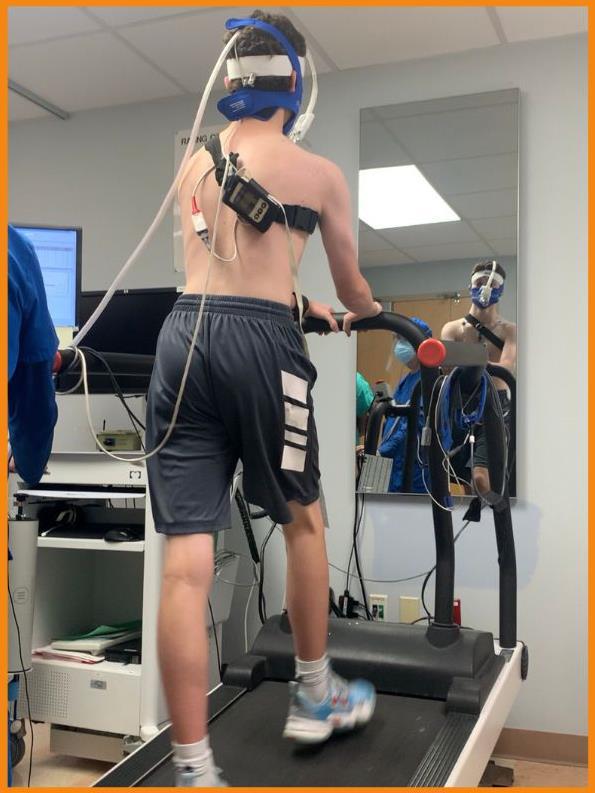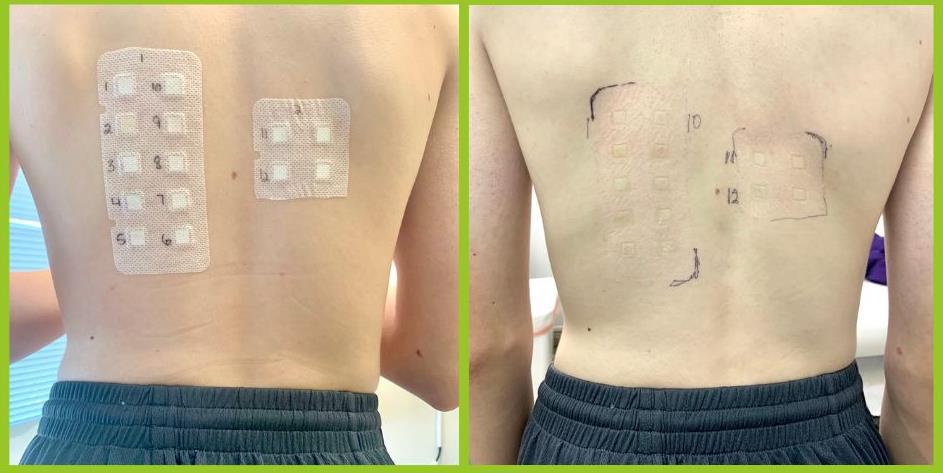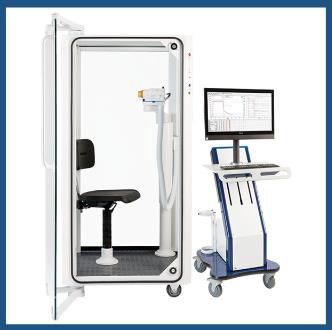
Cardiopulmonary Exercise Test (VO2 test)
HOW IS PECTUS DIAGNOSED?
Pectus is a congenital disorder, so it is often visible as an infant. However, for some, it is not visible until the teen years when there is rapid growth. Most of the time, pectus can be diagnosed by a physical/visual examination from a pediatrician or family doctor. My symptoms first started around the time I was 12-13 years old. This was 2 years BEFORE I noticed that my chest had sunken inward, which happened during the COVID pandemic. Most doctor’s offices were only doing telehealth appointments at that time. Luckily, my parents are in the medical field and recognized right away that I had pectus excavatum. You can read more of my journey in my blog.
Once diagnosed with pectus, have your family doctor refer you to see a thoracic surgeon. Hopefully the surgeon is familiar and experienced with the Nuss procedure (see the surgeon guide tab). You should try to visit with at least 2-3 experienced pectus surgeons for consultations. Some visits can be done via telehealth appointments if you do not live in the same area as the surgeon.

Metal AllergEAZE Testing Photos (No allergy found)
Do Your Research Before Meeting With Surgeons
My first consultation was at Joe DiMaggio Children’s hospital near my home. My mom definitely regretted not doing enough research before the appointment. We had a few questions, but we were not fully prepared. Therefore, my mom and I left more confused than before we got there. The surgeon did not seem very experienced, and told us she performed “some” surgeries over the summertime. She did not give us a clear explanation of the surgery and she never ordered any testing. After that, we only chose very experienced surgeons who performed many Nuss procedures. We also did plenty of research about the surgery, and had a very long list of questions.
Another reason you need to do some research is because we learned that surgeons have very different surgical techniques. They also have very different pain management protocols. Of the 4 surgeons we met with, only 2 stated that they used forced sternal elevation to lift the sunken sternum to safely see across the chest before inserting the bars. This was a deal breaker for our family in choosing a surgeon after we learned of a local teen who died during his Nuss surgery. You can read more about this under the Nuss procedure tab.

Pulmonary Testing Machine
Tests ordered before meeting with your surgeon
You definitely want to make the most of your surgery consultation. Therefore, the first surgeon you meet with will most likely order several diagnostic tests prior to your first appointment. These tests will measure your Haller Index and check your heart and lung function to see if you qualify for surgery. Here are the tests you will have done:
- MRI or CT scan of the chest (I had an MRI…see a photo of mine in the previous section.) This is to determine the severity of your pectus excavatum by measuring your Haller index (HI). A Haller index (named after surgeon Alex Haller) of 2.5 is normal, and an index score of 3.25 or greater is moderate to severe. Most insurance companies will cover your surgery if your HI is greater than a 3.25. Also, the HI can get worse as your teen goes through puberty. At 13 years old my HI measured at a 3.6. After puberty at 16 years old, my HI measured over a 4.2.
- EKG
- Pulmonary function test (PFT) (determines how well your lungs work)
- Echocardiogram
- VO2 test (oxygen consumption test), also known as a cardiopulmonary (heart & lung) exercise test
- Metal allergy test – I had the AllergEAZE skin patch test done at an allergist’s office. The metal allergy test is to determine if you have a sensitivity or allergy to nickel and chromium, which are both present in stainless steel bars. If you do find out that you have a metal allergy (or if you are not sure), then your surgeon will opt to use titanium bars in place of stainless steel.
